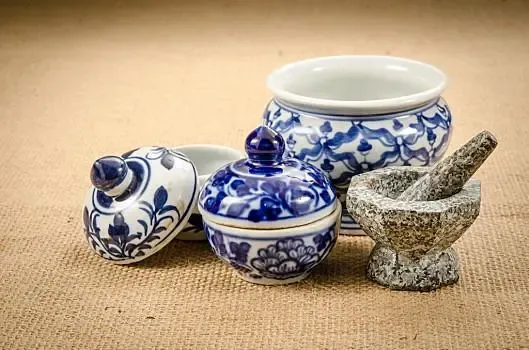Sodium Tripolyphosphate: Enhance the Liquidity of Slurry in Ceramic Production
Introduction to Tile Diversity and Production Demands
Tiles come in various types, patterns, and specifications, catering to different styles of decoration. This flexibility in selection enhances their decorative effect. The market continually improves tile color, texture, and quality, leading to higher demands for raw materials and additives. Sodium Tripolyphosphate (STPP) is an excellent water reducer that promotes high efficiency, quality, and low energy consumption in tile production.
Benefits of Adding Water Reducers in Tile Production
Adding water reducers like STPP significantly decreases system concentration, forming a decentralized and stable ceramic slurry suspension. As the amount of water reducer increases, the viscosity of the slurry system gradually decreases, achieving dynamic balance within a specific concentration range.
Functions and Advantages of STPP in the Ceramic Industry
STPP acts as a surfactant, complexing agent, suspension, and dispersant in the ceramic industry. It offers stable performance, energy saving, efficiency, and convenience. As a high-quality and efficient ceramic additive, STPP enhances the liquidity of glaze through the system’s electric potential, maintaining appropriate viscosity and good liquidity while reducing moisture content. This prevents glaze drying issues, lowers energy consumption, and reduces production costs.
Enhancing Ceramic Production Efficiency with STPP
In the ceramic industry, spray drying methods are typically used to make powder. This method produces powder with good liquidity, suitable for assembly line production and high-intensity blasting suppression. STPP molecules adsorb on the ceramic particles’ surface, disrupting the flocculation state and ensuring good dispersion and liquidity. By reducing hydrophilic molecules, STPP releases excess adsorbed water, increasing free water content in the mud and achieving a water-reducing effect.
Application and Benefits of Guyue Chemical’s Ceramic STPP
Guyue Chemical’s Ceramic Sodium Tripolyphosphate is versatile, suitable for ceramic wall tiles, sanitary cleaning, daily ceramics, art ceramics, special ceramics, and refractory materials. When added at concentrations of 0.05% to 0.25%, STPP can increase body strength by 15% to 50%, reducing damage rates and improving product quality. Additionally, it enhances the plasticity of the body and the suspension stability of the slurry without adverse effects.
Kesimpulan
Sodium Tripolyphosphate is a valuable additive in the ceramic industry, significantly enhancing slurry liquidity and reducing production costs. Its ability to maintain stability and improve product quality makes it indispensable in modern ceramic production.
PERTANYAAN YANG SERING DIAJUKAN
Apa yang dimaksud dengan Sodium Tripolyphosphate (STPP)?
STPP is a water reducer and additive used in various industries, including ceramics, to improve slurry liquidity and reduce production costs.
How does STPP benefit tile production?
STPP decreases system concentration, forms a stable slurry suspension, and maintains appropriate viscosity and good liquidity, reducing moisture content and energy consumption.
What are the advantages of using STPP in ceramics?
STPP offers stable performance, energy saving, efficiency, and convenience, enhancing product quality and reducing damage rates in ceramic production.
Can STPP be used in all types of ceramics?
Yes, STPP is versatile and can be used in ceramic wall tiles, sanitary cleaning, daily ceramics, art ceramics, special ceramics, and refractory materials.
What is the recommended concentration of STPP in ceramic production?
The recommended concentration of STPP in ceramic production is 0.05% to 0.25%, which can significantly improve body strength and product quality.

